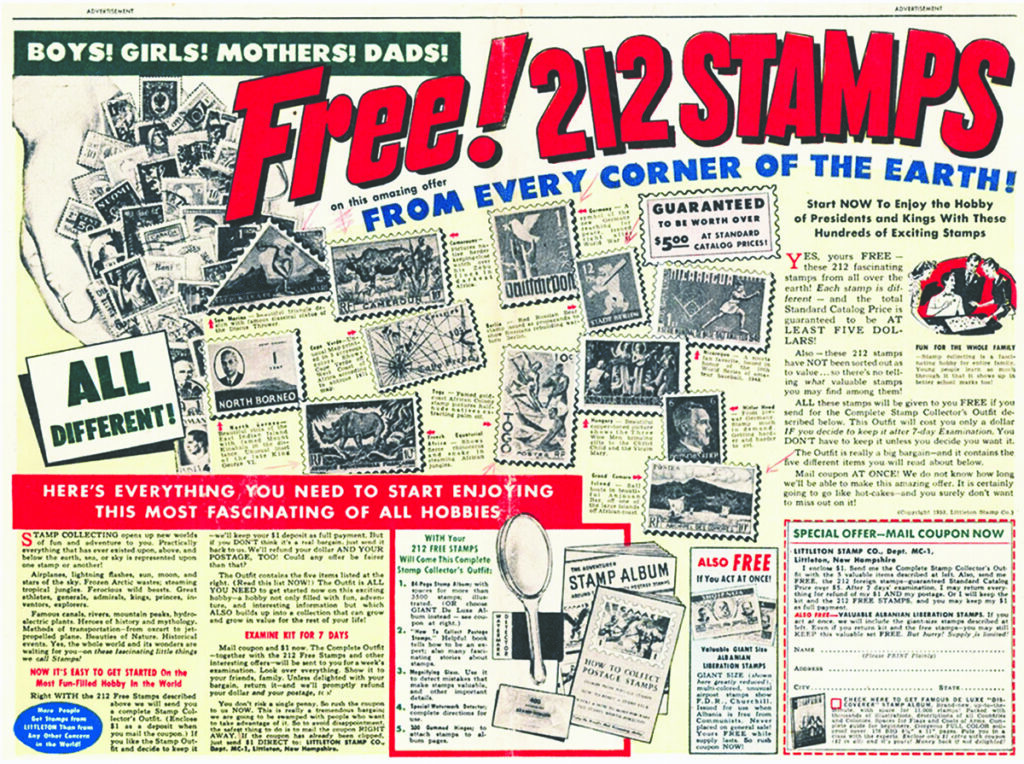By Jesse Robitaille
This is the first story of a three-part series on digital philately.
Much like the rest of the world, collectors have experienced their hobbies in a fast-changing environment for much of the 21st century.
While the early 2000s saw widespread discontent among philatelists with the advent of the Internet and email, both of which were said to comprise the hobby’s so-called “death knell,” the following decade brought with it a chance of perspective. The same technology once assumed to mark the end of philately’s “good old days” has instead brought the hobby to new, unforeseen heights.
One of Canada’s leading proponents of digital philately, Darin Cherniwchan spoke on that topic at CAPEX 22 on June 9, the show’s opening day. While defining digital philately through the lens of what he called “the 21st-century philatelist,” Cherniwchan offered a handful of tips for people interested in incorporating new technology and perspectives into their hobbies.
To understand how philately moved from the stamp approval packs and comic book advertisements of the mid-20th century to the e-commerce stores and virtual events of today, Cherniwchan first explored the hobby’s past era.
“Over the last 20 to 30 years, the world has changed,” said Cherniwchan, of Chilliwack, B.C., who chairs the British North America Philatelic Society’s Digital Philately Study Group, which also met at CAPEX 22. “We have so much power at our fingertips now that we never had before, and I think it can be overwhelming to almost everyone.”
FROM ENCYCLOPEDIAS
TO SMARTPHONES
Cherniwchan opened his talk by asking the crowd of nearly 50 show-goers if they had an encyclopedia set as children.
Nearly everyone in attendance raised their hand “because that was our Internet,” Cherniwchan said.
“That’s what we had way back when.”
He showed his first encyclopedia set, which his parents acquired from the SuperValu grocery store in Coquitlam, B.C., where he was raised.
In the mid-20th century, shoppers could receive a hugely discounted volume from the set – paying only about $1 – if they spent a certain amount of money on their groceries.
“At the end of the year, you had a whole collection,” said Cherniwchan, who still owns his first set, which he called “the most outdated series of books that I own.”
“It has been threatened to be thrown out by my wife and children.”
As a child, Cherniwchan also took an interest in comic books after failed experiments with an ant farm and then so-called “sea monkeys,” a marketing term for brine shrimp.
“At the end of each comic book, you would find advertisements on stamps,” he said, referencing one offer for “107 Iron Curtain stamps, ‘yours almost as a gift,’ it says in small print.”
On another page, he counted nine offers from different companies “to get stamps basically for free.”
Want to read the rest of this story, and others? Click here to subscribe now!
Already a digital subscriber? Click here to read the full story in a digital format.


1 Comment
Massive free online stamp resource library. Downloadable books/articles in PDF format. Videos and tutorials as well.
https://stampsmarter.org/index.html
FYI